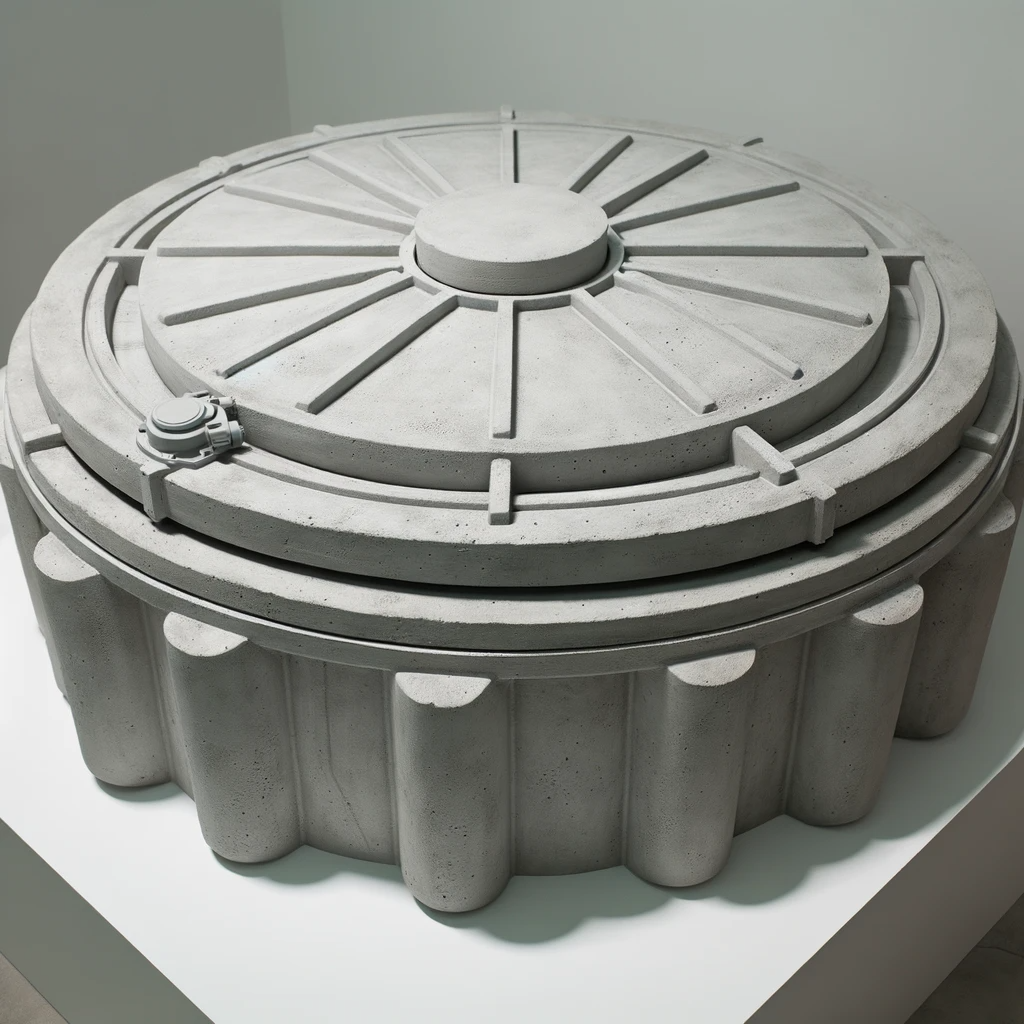Septic systems are a crucial part of many homes, especially those located in rural areas without centralized sewage systems. At the heart of these systems is the septic tank, and atop these tanks is an often-overlooked component: the septic tank lid. This guide delves deep into the world of septic tank lids, ensuring homeowners have all the information they need to make informed decisions.

What is a Septic Tank Lid?
A septic tank lid is a durable cover that seals off the tank, preventing unauthorized access and protecting the environment from potential contaminants. It plays an essential role in maintaining the tank’s integrity and ensuring the safety of both the household and the surrounding environment.
Materials Used in Septic Tank Lids
- Concrete Lids: Historically, many septic tank lids were made from concrete. They’re known for their strength and longevity, but they can be heavy and challenging to remove without proper tools.
- Plastic Lids: With advancements in technology, many modern septic tanks now come with plastic lids. They’re lightweight, easy to handle, and resistant to corrosion.
- Fiberglass Lids: These are a middle-ground option between concrete and plastic. They offer durability and are relatively lightweight.
Safety Features of Modern Septic Tank Lids
Safety is paramount when it comes to septic systems. Modern septic tank lids often come with:
- Lockable features: To prevent unauthorized access and accidents, especially with children or pets.
- Risers: These extend the lid’s height, making it easier to access the tank for maintenance without extensive digging.
- Inspection ports: Small access points that allow professionals to check the tank’s contents without removing the entire lid.
Maintaining Your Septic Tank Lid
Regular maintenance is crucial to prolong the life of your septic tank lid and ensure the overall system functions efficiently:
- Regular Inspection: Check the lid for cracks or damage. A compromised lid can lead to contaminants entering the tank or groundwater.
- Clean the Lid: Over time, dirt and debris can accumulate. Cleaning the lid ensures a proper seal and reduces wear and tear.
- Replace Damaged Lids: If you notice extensive damage, replace the lid immediately. A failing lid can compromise the entire septic system.
Choosing the Right Septic Tank Lid for Your Home
When selecting a septic tank lid, consider the following factors:
- Size of the Tank: Ensure the lid fits snugly over your tank, providing a proper seal.
- Material Preference: Choose a material based on your budget, maintenance preferences, and longevity requirements.
- Safety Features: Opt for lids with enhanced safety features, especially if you have children or pets.
- Local Regulations: Some areas have specific guidelines on septic tank lid materials and features. Always check local regulations before making a purchase.
The Environmental Impact of Septic Tank Lids
A well-maintained septic tank lid can have positive environmental implications:
- Preventing Contamination: A secure lid prevents pollutants from entering the tank, which can eventually leach into the soil and contaminate groundwater.
- Reducing Odors: A proper seal minimizes odors, ensuring a pleasant environment for residents and neighbors.
- Promoting Efficient Decomposition: A sealed tank creates an anaerobic environment, promoting efficient waste decomposition.
Conclusion
Septic tank lids might seem like a small component, but their role is monumental in ensuring the efficiency and safety of the entire septic system. By understanding the importance of septic tank lids, homeowners can make informed decisions, ensuring the longevity of their septic systems and safeguarding the environment.




